GHANA COCOA GOLDEN AGRICULTURE
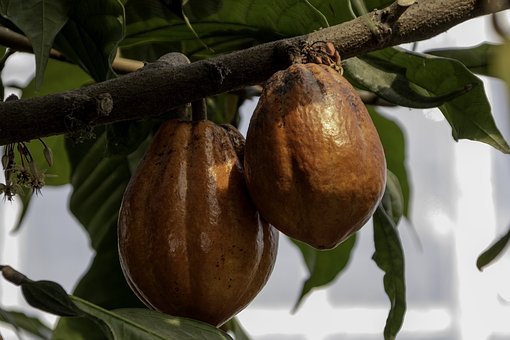
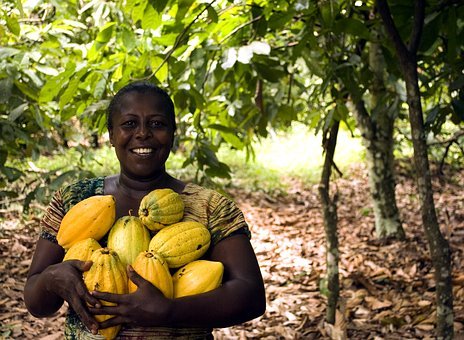
Cocoa is the chief agricultural export of Ghana and the country's main cash crop. Behind Ivory Coast, Ghana is the second largest cocoa exporter in the world. Cocoa cultivation is not native to the country; Ghana's cocoa cultivation, however, is noted within the developing world to be one of the most modeled commodities.
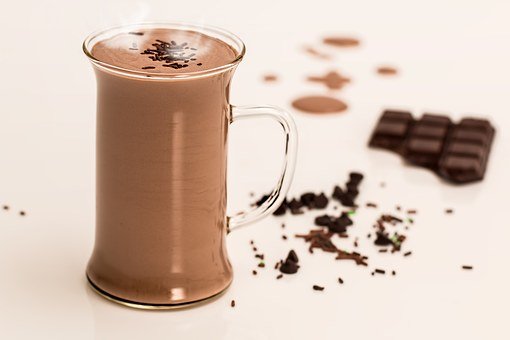
Cocoa production occurs in the country's forested areas: Ashanti Region, Brong-Ahafo Region, Central Region, Eastern Region, Western Region, and Volta Region, where rainfall is 1,000-1,500 millimeters per year. The crop year begins in October, when purchases of the main crop begin, with a smaller mid-crop cycle beginning in July.
All cocoa, except that which is smuggled out of the country, is sold at fixed prices to the Cocoa Marketing Board. Although most cocoa production is carried out by peasant farmers on plots of less than three hectares, a small number of farmers appear to dominate the trade. Indeed, some studies show that about one-fourth of all cocoa farmers receive just over half of total cocoa income.
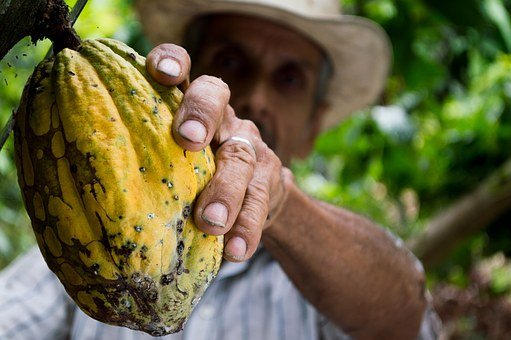
Ghana is an agricultural nation with more than half of its population engaged in Agric production. It is blessed with several natural resources, including; gold, bauxite, diamond, timber, and recently oil. In Ghana, several cash crops are grown including oil palm, rubber, and our own heritage crop cocoa.
Cocoa is the most important agricultural commodity Ghana produces and the mainstay of Ghana’s economy. Cocoa is Ghana’s second leading foreign exchange earner, worth about 30 percent of all revenue from export and responsible for about 57 percent of overall agricultural export. The sector directly and indirectly employs about 2 million people, and constitutes a large chunk of Ghana’s GDP (8.1 percent in 2006).
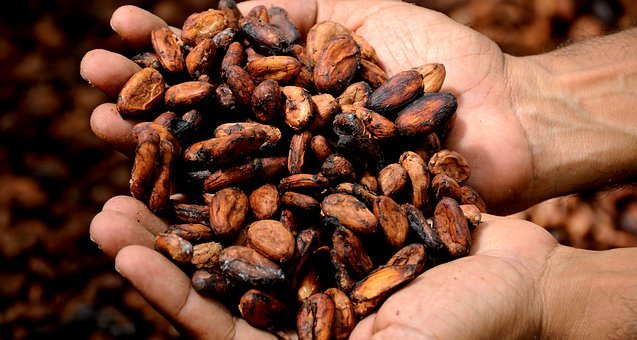
Tetteh Quarshie (1843 – 25 December 1892) was a pre-independence Ghanaian agriculturalist and the person directly responsible for the introduction of cocoa crops to Ghana, which today constitute one of the major export crops of the Ghanaian economy. Quarshie traveled to the island of Fernando Po (now Bioko in Equatorial Guinea) in 1870 and returned in 1876 to Ghana in order to introduce the crop. He died on Christmas Day 1892.
Tetteh Quarshie was born in 1842 to a farmer from Teshie known as Mlekubo. His mother was known as Ashong-Fio from Labadi, both hailing from the Ga-Dangme ethnic group. In his teens Tetteh Quarshie became an apprentice in a Basel Mission workshop at Akropong. Due to his hard work he soon became a master blacksmith and was in fact the first blacksmith to be established at Akuapim-Mampong. His hobby was farming. In 1870, Tetteh Quarshie undertook a voyage to the Spanish colony Fernando Po (now Bioko in Equatorial Guinea). About six years later he returned to Ghana with several cocoa beans and made history.
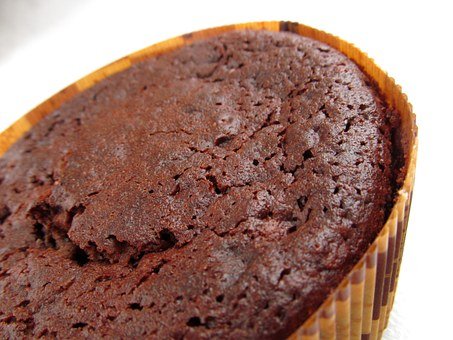
In 1879 Tetteh Quarshie planted the seeds at Mampong with some success. Friends and relatives also undertook the planting of cocoa when pods were distributed to them. Soon other farmers followed suit. It was only at this point that the Basel Missionaries stepped into the picture by importing large quantities of the crop into the country. From the Gold Coast (Ghana) cocoa beans or cuttings were sent to other countries such as Nigeria and Sierra Leone. The export of cocoa from Ghana began in 1891, and the official export in 1893 (two bags exported). Ghana once provided almost half of world output. Between 1910 and 1980 Ghana was the world's largest exporter. This position was ceded due to bush fires. However, Ghana's cocoa is still of the highest quality and the country earns hundreds of millions of dollars annually from the export of the beans and processed materials.
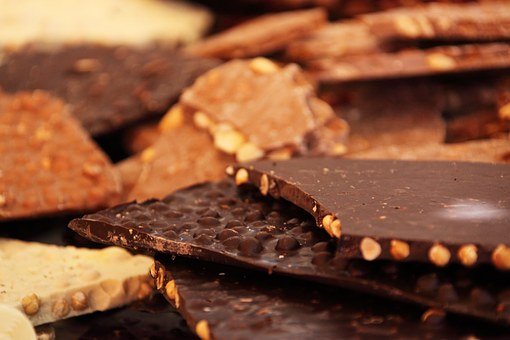
In Australia, Cadbury uses high quality cocoa beans sourced from Ghana in West Africa and Asia. Most of the world's cocoa is grown in a narrow belt 10 degrees either side of the Equator because cocoa trees grow well in humid tropical climates with regular rains and a short dry season.
Once the beans have been fermented and dried, they can be processed to produce a variety of products. These products include: Cocoa butter - Cocoa butter is used in the manufacture of chocolate. It is also widely used in cosmetic products such as moisturising creams and soaps.
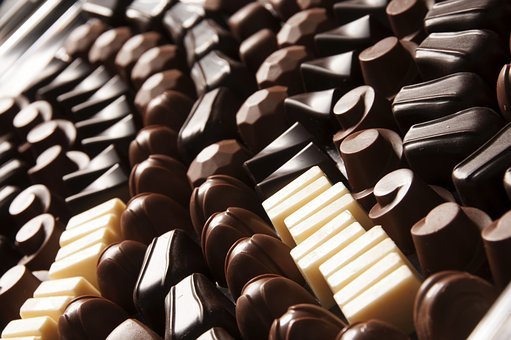
Cocoa originated from around the headwaters of the Amazon in South America. Its cultivation and value spread in ancient times throughout Central and Eastern Amazonian and northwards to Central America.
Cocoa beans were used by the Native Americans to prepare a chocolate drink or chocolate and also as a form of currency for trading purposes and payment of tribute to the king. After the conquest of Central America in 1521, Hernan Cortez and his Conquistadores took a small cargo of cocoa beans to Spain in 1528, together with utensils for making the chocolate drink.
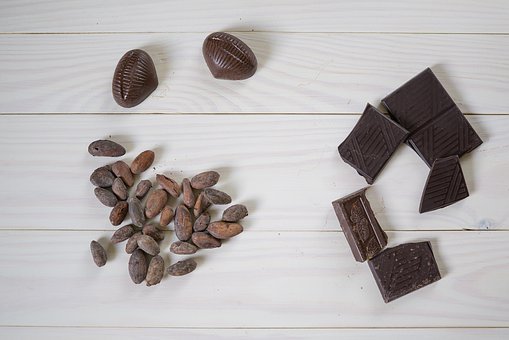
By 1580 the drink had been popularized in the country and consignments of cocoa were regularly shipped to Spain. The popularity of chocolate as a drink spread quickly throughout Europe, reaching Italy in 1606, France in 1615, Germany in 1641 and Great Britain in 1657.
Large-scale cultivation of cocoa was started by the Spanish in the 16th century in Central America. It spread to the British, French and Dutch West Indies (Jamaica, Martinique and Surinarn) in the 17th century and to Brazil in the 18th century. From Brazil it was taken to SÃO Tome and Fernando Po (now part of Equatorial Guinea) in 1840; and from there to other parts of West Africa, notably the Gold Coast (now Ghana), Nigeria and the Ivory Coast.
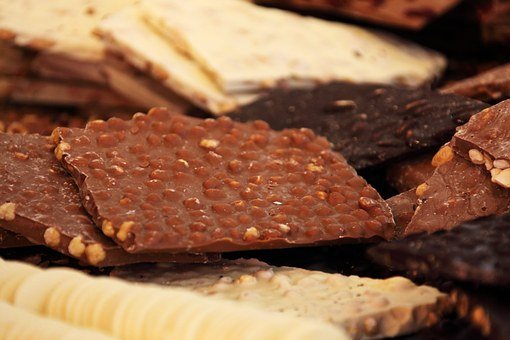
PRODUCTS THAT CAN BE MADE FROM COCOA
Many different sorts of products can be derived from cocoa.
The husks of cocoa pods and the pulp, or sweating, surrounding the beans and the cocoa bean shells can be used. Some examples of these uses are:
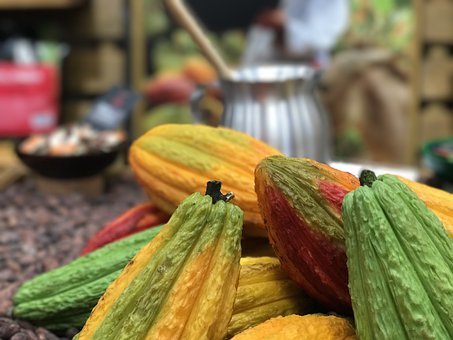
ANIMAL FEED FROM COCOA HUSK as pelletized dry 100% cocoa pod husk, it can be used as an animal feed. The animal feed is produced by first slicing the fresh cocoa husks into small flakes and then partially drying the flakes, followed by mincing and pelleting and drying of the pellets.
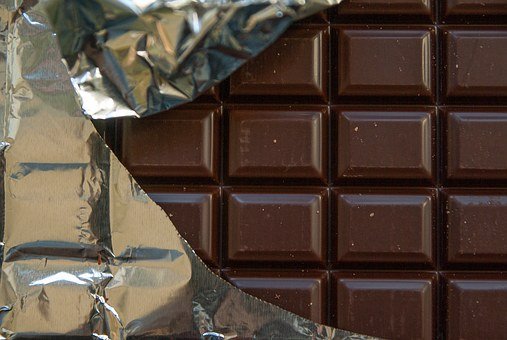
PRODUCTION OF SOFT DRINKS AND ALCOHOL - In the preparation of soft drinks, fresh cocoa pulp juice (sweating) is collected, sterilized and bottled. For the production of alcoholic drinks, such as brandy, the fresh juice is boiled, cooled and fermented with yeast. After 4 days of fermentation the alcohol is distilled.
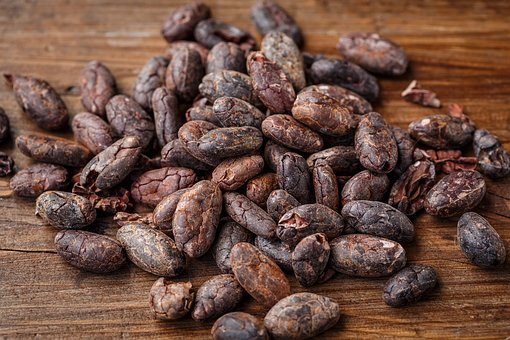
POTASH FROM COCOA POD HUSK Cocoa pod husk ash is used mainly for soft soap manufacture. It may also be used as fertilizer for cocoa, vegetables, and food crops. To prepare the ash, fresh husks are spread out in the open to dry for one to two weeks. The dried husks are then incinerated in an ashing kiln.
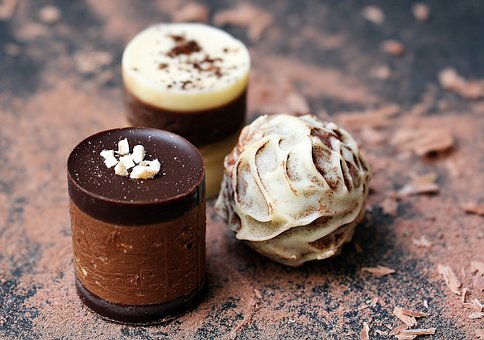
JAM AND MARMALADE - Pectin for jam and marmalade is extracted from the sweating by precipitation with alcohol, followed by distillation and recycling of the alcohol in further extractions.
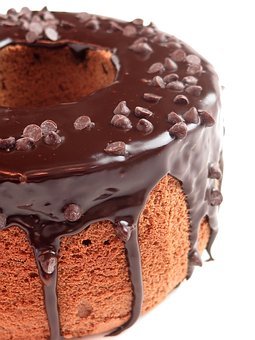
MULCH Cocoa bean shells can be used an organic mulch and soil conditioner for the garden.
Once the beans have been fermented and dried, they can be processed to produce a variety of products. These products include:
COCOA BUTTER Cocoa butter is used in the manufacture of chocolate. It is also widely used in cosmetic products such as moisturizing creams and soaps.
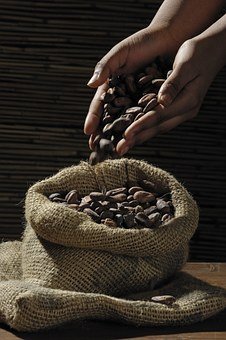
COCOA POWDER Cocoa powder can be used as an ingredient in almost any foodstuff. For example, it is used in chocolate flavored drinks, chocolate flavored desserts such as ice cream and mousse, chocolate spreads and sauces, and cakes and biscuits.
COCOA LIQUOR Cocoa liquor is used, with other ingredients, to produce chocolate. Chocolate is used as a product on its own or combined with other ingredients to form confectionery products.
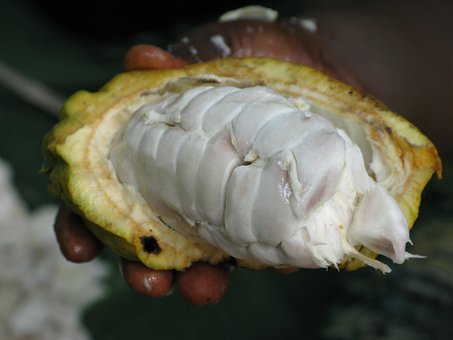
Hi! I am a robot. I just upvoted you! I found similar content that readers might be interested in:
http://cocoaskiss.blogspot.com/2011/09/history-of-cocoa-and-its-production-in.html
Thank you @cheetah, you're a great blessing
Resteemed your article. This article was resteemed because you are part of the New Steemians project. You can learn more about it here: https://steemit.com/introduceyourself/@gaman/new-steemians-project-launch
It is delicious
@therealwolf 's created platform smartsteem scammed my post this morning (mothersday) that was supposed to be for an Abused Childrens Charity. Dude literally stole from abused children that don't have mothers ... on mothersday.
https://steemit.com/steemit/@prometheusrisen/beware-of-smartsteem-scam
WARNING: I'm very sorry for the SPAM of @emergedinsteem, but that user is a crazy person who is spreading lies about Smartsteem.com. You can help us by downvoting his comments. More info: https://steemit.com/hate/@therealwolf/staring-into-the-face-of-hate
@therealwolf how is downvoting done pls, I don't have the idea